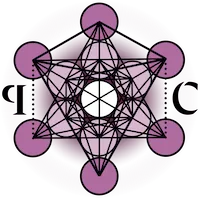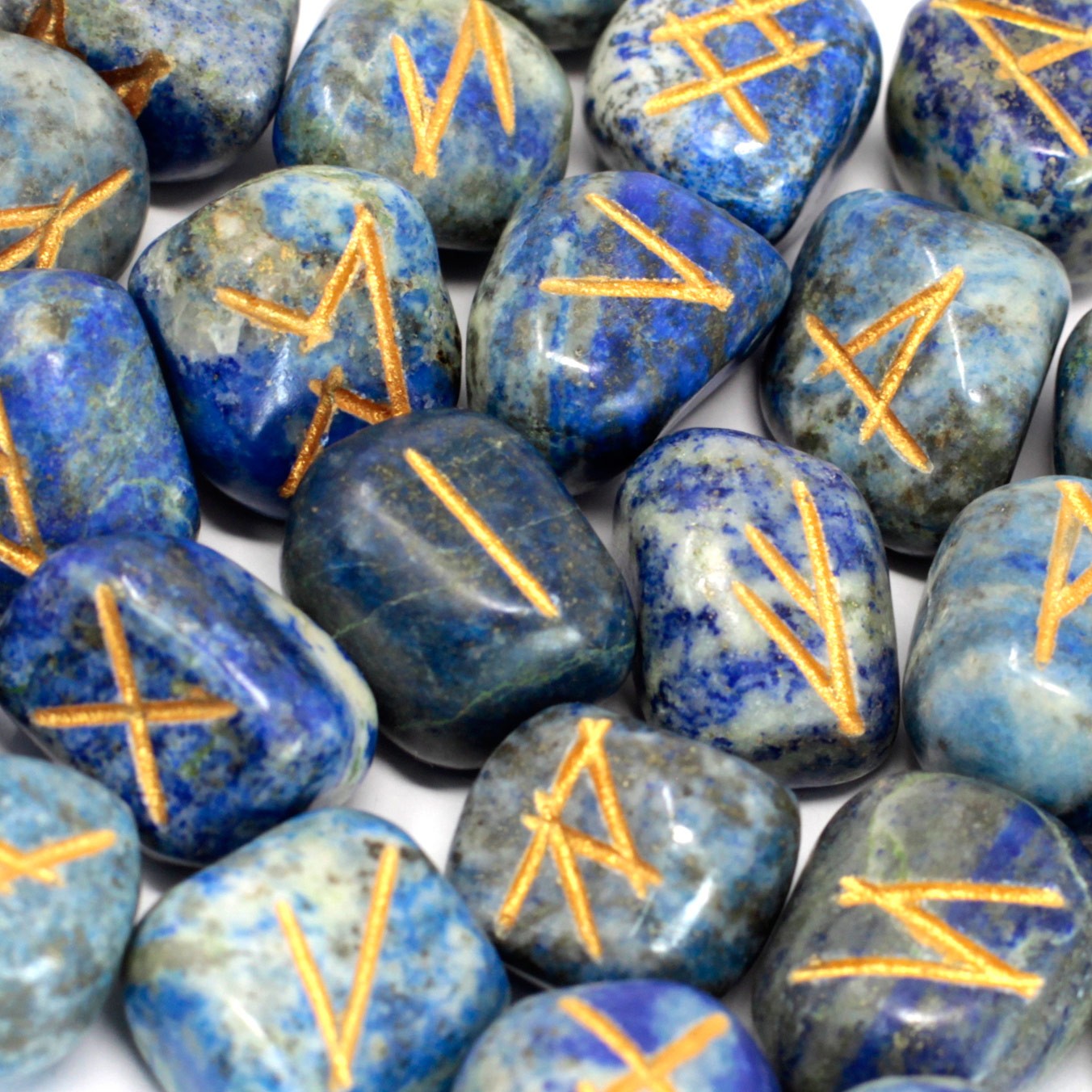We use essential cookies to make our site work and improve user experience. Cookies can be deleted in your internet browser settings after using the website and will not impact future use. By clicking “Accept”, you agree to our website’s cookie use as described in our Cookie Policy.
Formula
Na6Ca2(Al6Si6O24)(SO4,S,S2,S3,Cl,OH)2
Colour
Deep blue with gold & cloudy white inclusions
Mineral Group
Metamorphic rock
Diaphaneity
Transparent, translucent opaque
Crystal System
Monoclinic
Lustre
Opalescent
Hardness (Mohs)
5 - 6
Chakra
Throat Chakra, Third Eye
Specific Gravity (kg/cm3)
2.45 – 2.94
Numerical vibration
3
History
Lapis lazuli artifacts, dated to 7570 BC, have been found at Bhirrana, which is the oldest site of the Indus Valley civilisation. Lapis was highly valued by the Indus Valley Civilisation (7570–1900 BC). The stone can be found in the Bible, Egyptian Pyramids, Sumerian tombs, Babylonian gates, Roman jewellery and even in Faberge eggs made for the Russian Scars. Lapis beads have been found at Neolithic burials in Mehrgarh, the Caucasus, and as far away as Mauritania. It was used in the funeral mask of Tutankhamun (1341–1323 BC).
By the end of the Middle Ages, lapis lazuli began to be exported to Europe, where it was ground into powder and made into ultramarine, the finest and most expensive of all blue pigments. Ultramarine was used by some of the most important artists of the Renaissance and Baroque, including Leonardo DaVinci, Michaelangelo, Masaccio, Perugino, Titian, and Vermeer, and was often reserved for the clothing of the central figures of their paintings, especially the Virgin Mary. Ultramarine has also been found in the dental tartar of medieval nuns and scribes, perhaps as a result of licking their painting brushes while producing medieval texts and manuscripts.
Science & Origin
Lapis Lazuli is a sodium silicate-rich mineral combined with the metamorphic rock it grows within. It usually consists of deep blue Lazurite (feldspathoid silicate mineral of the sodalite family), golden sparkly Pyrite, and white Calcite. It can also sometimes contain augite, diopside, enstatite, mica, hauynite, hornblende, nosean, and sulfur-rich löllingite geyerite. The name is derived from the Latin word “Lapis” meaning stone and the Persian word “lāzaward” meaning sky or heavens. Unlike most minerals, Lapis Lazuli is found within caves and not in traditional mines. The highest quality deposits are found in the Sar-e-Sand deposit in the Hindu Kush Mountains of Afghanistan's Kochka River Valley. Other localities of Lapis include the Andes in Chile, Canada, Russia, Burma, and the United States.
Healing Properties & Benefits
Lapis Lazuli is an energetic building block of knowledge that our world has used since its birth. It encourages you to take action in your life, you will feel fresh with ideas and have the urge to express them. Lapis Lazuli promotes heightened intellect, inner visions, and increased mental clarity. Using this stone through meditation allows you to understand your thoughts and sculpt your actions based on the knowledge Lapis Lazuli’s energy provides.
Lapis Lazuli’s multi-crystal inclusions enhance the stone’s healing benefits with high vibrational crystals such as Lazurite, Pyrite, Calcite, and Sodalite which opens up the third eye and the door to truth-seeking and higher knowledge. It promotes improved psychic abilities and trust in your intuition.
Lapis Lazuli is a stone that emboldens your communicative abilities and helps you better express your thoughts and emotions and radiate your truth. Holding it in your hand or keeping it on you during public speaking will release stage fright. It also attracts good fortune and luck!
Lapis Lazuli resonates with the Throat chakra and Third Eye which are associated with the Thyroid, Parathyroid, and Pineal glands respectively. The thyroid gland produces hormones that regulate metabolism and energy levels, the parathyroid gland regulates calcium levels and the pineal gland connects us to light via circadian rhythm and melatonin secretion. If you experience a lack of clarity, a lack of trust in intuition, difficulty with concentration or expressing your thoughts, insomnia, fear of public speaking, mood swings, fatigue, anxiety, or joint pain, you will hugely benefit from Lapis Lazuli’s energetic vibrations.
In Feng Shui, Lapis Lazuli represents stillness, calm strengths, path, and purification.
Feng Shui: North, Element: Wind, Water Planets: Mercury, Jupiter, Saturn, Neptune, Zodiacs: Sagittarius, Aquarius, Pisces



